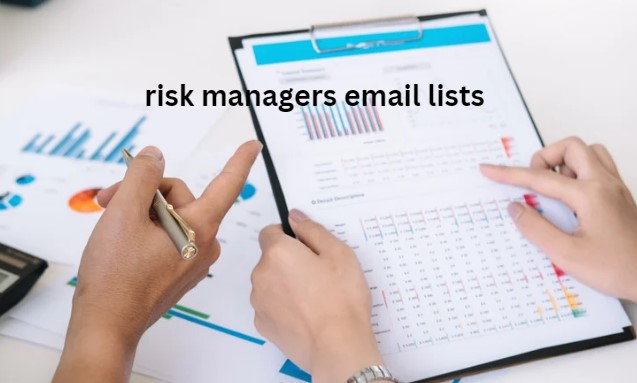Let's look at this more closely with an example
Posted: Tue Dec 17, 2024 6:05 am
Sales and marketing content for buyers at this stage should be informative and focused on answering questions or clearing up any confusion. Content can also be entertaining or inspiring. Whatever you do, though, avoid pushing your brand too far toward these buyers—overzealous pitch attempts will turn them off.
During this stage, marketing and sales goals should be to generate and target new website visitors and establish a brand reputation for advice and expertise.
Sales and marketing teams can track how engaged leads are during risk managers email lists this stage through metrics like the number of new visitors and total pixelated audience. They can also use data from this stage to create retargeting lists for further nurturing.
A B2C customer wakes up and notices that their jaw drops open when they yawn for the third time in a week. It’s an irritating problem, and one that the customer feels ready to address. In the awareness stage, they may search for a generic symptom-based keyword like “My jaw pops when I wake up.” They’re not looking for a solution yet; they’re learning more about their problem so they can consider appropriate solutions.
Consideration stage
In the consideration stage, buyers have identified their problem and are now researching ways to solve it. However, they are not yet ready to buy. They are evaluating potential solutions and need further guidance to determine the best way to solve the problem.
The content available to buyers at this stage should still be informational in nature, but you can start to branch out into more technical or comparative analysis. Just make sure it’s authentic and not too pushy — the focus should be on the ROI of choosing something as your product, not necessarily your brand itself.

The goals of this stage are to continue to nurture relationships, collect email addresses, and build a consistent social media following. Sales and marketing can track returning visitors, banner CTA click-through rates, and visitor recency.
Let's go back to our amazing example:
This person now knows that they have jaw joint dysfunction. In the awareness stage, they learned that TMJ could be caused by a number of things—for example, chewing too much gum or trauma. They know that neither of those causes apply to them; during the consideration stage, they might look up options related to nighttime teeth grinding. They might Google, “How to stop grinding your teeth at night,” which brings up a blog post from a mouthguard company detailing the pros and cons of a mouthguard versus Botox versus physical therapy.
During this stage, marketing and sales goals should be to generate and target new website visitors and establish a brand reputation for advice and expertise.
Sales and marketing teams can track how engaged leads are during risk managers email lists this stage through metrics like the number of new visitors and total pixelated audience. They can also use data from this stage to create retargeting lists for further nurturing.
A B2C customer wakes up and notices that their jaw drops open when they yawn for the third time in a week. It’s an irritating problem, and one that the customer feels ready to address. In the awareness stage, they may search for a generic symptom-based keyword like “My jaw pops when I wake up.” They’re not looking for a solution yet; they’re learning more about their problem so they can consider appropriate solutions.
Consideration stage
In the consideration stage, buyers have identified their problem and are now researching ways to solve it. However, they are not yet ready to buy. They are evaluating potential solutions and need further guidance to determine the best way to solve the problem.
The content available to buyers at this stage should still be informational in nature, but you can start to branch out into more technical or comparative analysis. Just make sure it’s authentic and not too pushy — the focus should be on the ROI of choosing something as your product, not necessarily your brand itself.

The goals of this stage are to continue to nurture relationships, collect email addresses, and build a consistent social media following. Sales and marketing can track returning visitors, banner CTA click-through rates, and visitor recency.
Let's go back to our amazing example:
This person now knows that they have jaw joint dysfunction. In the awareness stage, they learned that TMJ could be caused by a number of things—for example, chewing too much gum or trauma. They know that neither of those causes apply to them; during the consideration stage, they might look up options related to nighttime teeth grinding. They might Google, “How to stop grinding your teeth at night,” which brings up a blog post from a mouthguard company detailing the pros and cons of a mouthguard versus Botox versus physical therapy.